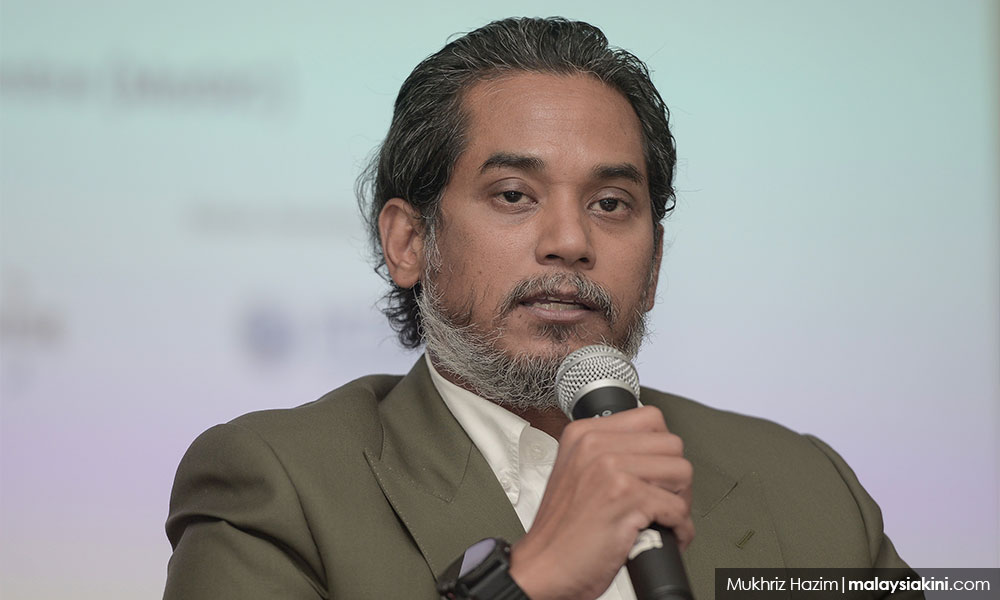LETTER | A lot of resources are expected to be set aside to procure Covid-19 vaccines and fund related operations. In addition to the number of people targeted to be vaccinated, number of doses per person and price per dose, another crucial element is the effectiveness of these new vaccines.
Other factors to be considered include immunity retainment and rate of virus mutation – a combination that complicates vaccine development, vaccine purchase strategy and vaccination efforts toward achieving nationwide immunity. Operations must account for supply chain and logistical issues, addressing anti-vaccination groups and population uniformity.
In June, the United States Federal Drug Authority (FDA) lowered the efficacy bar to 50 percent for Covid-19 vaccine candidates. Other regulatory agencies around the world have also followed suit.
The former director of immunisation at the US Department of Health David Salisbury covered this topic well in The Guardian and pointed out that an efficacy of 50 percent means only half of those receiving vaccines may be protected.
In this lowest-acceptable case scenario, we would have to acquire at least double the doses in order to administer to twice as many people to meet the target protected population. As explained by Salisbury, whatever the effectiveness rate ends up to be, no vaccines are 100 percent effective.
Furthermore, we are still unsure how long the acquired immunity would be retained. WION News reported in July regarding a study in the UK that measured antibody levels of patients after contracting the virus. The research showed immunity levels are prone to decline in 'just a few months' after recovery.
If this proves to be the case, then the acquired protection is very temporary, followed by seasonal Covid-19 infection waves. Vaccine purchase accounting for potential supplementary doses have to be taken into consideration.

Chinese authorities reportedly require vaccines to provide a minimum of six months of immunity to be approved for use in China. Should immunity last only a few months or six months, vaccination efforts may not be so straightforward.
Assuming the initial vaccinated population are unable to retain their immunity for long, significant pressure for access to the next round of vaccines has to be forecasted. The Covax vaccine allocation plan was reported to initially provide vaccines for only up to 10 percent of Malaysia's population, and we don't know yet when we can get more.
Additionally, we have to account for the possibility, however unlikely, of the virus mutation rate is faster than expected and at a magnitude that may render the vaccines useless. That would mean purchasing an entirely different version for the next batch.
There are researchers that doubt such scenarios, but nobody can say for sure at the moment. Therefore, the assessment on purchase volumes and the corresponding budget estimates have to at least consider these possibilities.
There are reports indicating a mutational trajectory towards the common seasonal flu. Current available data appear to be inconclusive, but this may be in agreement with the research that WION News referred to, which also made a similar claim.
Authorities must also account for operational unknowns and hiccups. We may be dealing with novel types of vaccines, and WION News reported that many vaccine developers have emphasised on the 'uncertainties', which could be interpreted as a warning that vaccines are not guaranteed to work.
Further adding to the risk is the fact that there have been no clinical trials conducted on the Malaysian population to provide any direct extrapolation on efficacy.
Of course, indemnity clauses, disclaimers, and all the legal jargons related to efficacy, safety, and other metrics would usually be present in purchase contracts and are likely to reflect in pricing structures. Malaysian authorities must review these carefully and ensure the budget is spent wisely.
Authorities should consider studying a scenario of procuring more than one type of vaccine to cover for potential vaccine failure and deploy a multi-vaccine strategy to increase chances of successful vaccination.
Understandably, potential inefficiencies and practicality have to be considered given that purchasing different types of vaccines would present significant logistical complications. This is not to mention the obvious impact on government expenses.
As for ground operations, it's best for authorities to consider conducting trial roll-outs with smaller volumes at several test locations first, prior to conducting nationwide vaccination.
Some vaccines could be more temperature-sensitive and less resilient to physical agitation. Poorly established supply chains, cold storage and distribution chains may fail, and human errors may occur due to lack of training and familiarity. It's necessary to consider purchasing a buffer supply to account for potential handling losses.
Lastly, achieving national herd immunity is dependent not only on a high enough percentage of the population being vaccinated and retaining immunity, but it also requires uniformity. This means having a sufficient number of protected people to spread evenly enough in the population to 'surround' and protect the unvaccinated ones. According to a global survey conducted by Ipsos from July 24 to Aug 7, a substantial 15 percent of Malaysians disagree to get vaccinated.
Assuming the 15 percent 'antivaxxer' groups are mostly concentrated in rural areas, clusters of infection could still spread within these communities. In this case, we'll get a concentration of immunised population in urban areas, surrounded by many smaller groups of non-protected population.

Minister of Science, Technology and Innovation Khairy Jamaluddin has shown considerable insights on the matter in a Facebook Live session to StarBizWeek, which also indicates the possibility of billions of ringgits allocated in Budget 2021. In a separate article, Khairy has also assured that the authorities will set up task forces to carry out the necessary early preparations prior to receiving vaccines.
Without the approval and successful implementation of a well-thought-of national budget, negative health and socio-economic impacts are expected to be prolonged and worsened. Lawmakers should internalise 'economics of empathy' and set aside political differences to focus on rakyat's pressing needs.
AMEEN KAMAL is the head of Science & Technology at Emire Research, a think tank focused on strategic policy recommendations.
The views expressed here are those of the author/contributor and do not necessarily represent the views of Malaysiakini.





